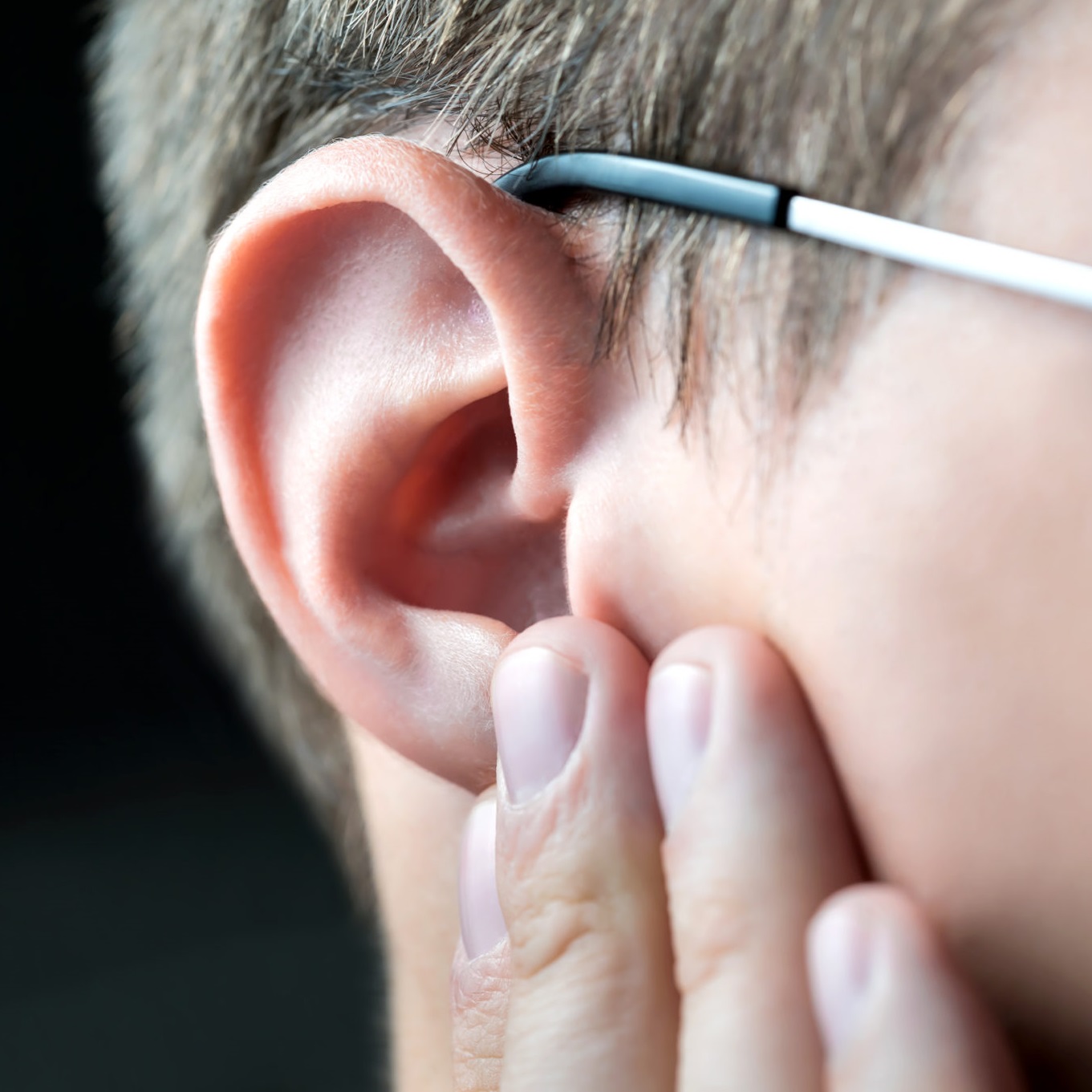Earwax: How to Manage This Sticky Substance

May 21, 2021
Some people never give their earwax a second thought. Others feel that they have too much of it or that it’s unsightly, so they want to remove it. But it’s best to leave your earwax alone, unless you’re having health problems associated with the sticky substance.
Why do we have earwax to begin with?
Our ears naturally produce earwax for good reason: It works with the tiny hairs lining your ear canals to keep dust, bacteria and other undesirable particles from reaching your eardrums or inner ears. Earwax also helps keep your ears properly lubricated, so they don’t feel itchy and dry inside.
Ears are self-cleaning, which means that earwax gradually falls out in tiny flakes, then is replaced by new earwax. Taking steps to remove earwax is unnecessary and may even cause buildup, if you do it the wrong way.
“So the most common step that people take to try to remove earwax – inserting cotton swabs into the ear canal – actually has the reverse effect,” says Michael Rothberg, M.D., lead physician at 5 Hackensack Meridian Urgent Cares. “Instead of removing earwax, cotton swabs push it farther into the ear canal, where it may accumulate over time, making possible problems worse.”
Certain people naturally produce more earwax than others, which is largely out of your control. Those who frequently wear hearing aids or earplugs may notice more earwax buildup than they did before using these devices, but this isn’t universally true.
If you feel that you need to remove earwax, there are safe ways to do it at home, as well as techniques to avoid. You can also ask your doctor for help, if you don’t feel qualified to do it on your own. Here’s what experts recommend:
Ways to manage your earwax at home
Try these techniques to remove excess earwax on your own:
- Use medication. You can purchase an over-the-counter earwax removal kit, which helps to soften and loosen earwax. Kits contain liquid medication that’s applied to the ear canal via dropper. Follow the package instructions, and don’t use it more frequently than recommended.
- Apply oil. It’s possible to soften earwax with a few drops of mineral oil, baby oil or even hydrogen peroxide. It may take up to two days to work. Once the earwax is soft, use a bulb syringe filled with warm water to flush it out. Keep your head tilted to the side to let gravity help. When you’re done, dry the outside of your ear with a towel or hair dryer on a low setting.
- At-home earwax removal techniques to avoid
The following strategies aren’t helpful:
- Cotton swabs. This method pushes earwax farther into the ear, packing it in and making it harder for your ears to naturally rid themselves of it.
- Pen caps, bobby pins or other thin, hard objects. Placing any object into the ear canal is likely to push the earwax farther into your ear. When you use a hard object, you may accidentally scratch the inside of your ear, which may lead to bleeding, discomfort or increased risk of infection and even hearing damage.
- Ear candling. In theory, placing a long, hollow “ear candle” into the ear canal, then lighting the top end, might remove earwax by creating a vacuum that sucks up the offending substance. In reality, research has shown this technique to be ineffective. You may end up with burns or candle wax deposits within your ears. Doctors routinely recommend against this technique.
When to Visit the Doctor
It’s difficult to remove earwax by yourself because you can’t see directly into your own ears. If it’s too tricky, ask your doctor for help. They have specialized tools to remove earwax buildup.
You should also visit the doctor if you notice any of these signs, which may be related to earwax buildup:
- earaches or ear pain
- a feeling of pressure or fullness within the ear
- hearing problems
- ringing in the ears (tinnitus)
- dizziness
- ear infections
Meet our source: Michael Rothberg, M.D.
The material provided through HealthU is intended to be used as general information only and should not replace the advice of your physician. Always consult your physician for individual care.
Find a doctor near me
Are Cleanses Safe?

Learn about cleanse safety. Registered dietitian James Montgomery explains potential risks and benefits. Prioritize your health with safe, effective strategies.
Why is My Sweat So Salty?

Understand why your sweat is salty? Learn about sweating from Dr. Kaur. Get answers & resources for healthy hydration. Call 800-822-8905.
